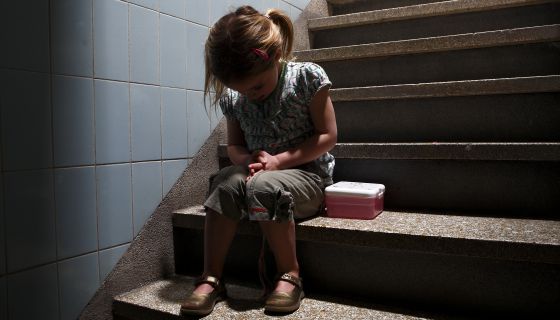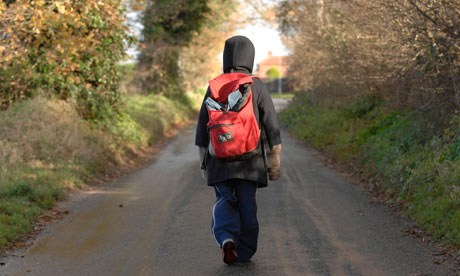Homelessness
is the condition of people without a regular dwelling. People who are homeless
are most often unable to acquire and maintain regular, safe, secure and
adequate housing, or lack “fixed, regular, and adequate night-time residence”
An estimated 100 million people worldwide were homeless in 2005. In western countries, the large majority of homeless are men (75–80%), with single males particularly overrepresented.
Most
countries provide a variety of services to assist homeless people. They often
provide food, shelter and clothing and may be organized and run by community
organizations (often with the help of volunteers) or by government departments.
These programs may be supported by government, charities, churches and individual
donors. Many cities also have street newspapers, which are publications
designed to provide employment opportunity to homeless people. While some
homeless have jobs, some must seek other methods to make a living. Begging or
panhandling is one option, but is becoming increasingly illegal in many cities.
Source:
Written by:
Geanella Villamar











